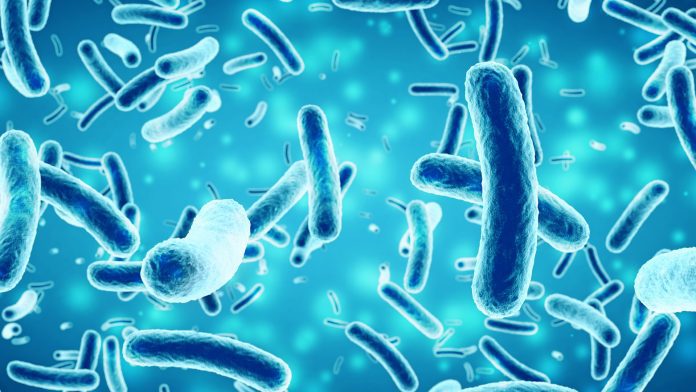
A team of US biologists have conducted a novel study to attain unprecedented insights into Clostridium difficile, an incredibly virulent superbug that’s claims thousands of lives each year.
In a systems biology study funded by the National Institutes of Health, the combined efforts of experts from Texas A&M University and Baylor College of Medicine are aiming to gain a comprehensive understanding of the highly infectious Clostridium difficile bacteria. The endeavour looked at tackling the problem at its source – the initial point of infection – seeking to illuminate what makes certain patients more susceptible to the infection in the first place.
The study’s findings are published in the journal PLOS Pathogens.
The current landscape of Clostridium difficile
Clostridium difficile is an extremely contagious hospital-acquired pathogen that the Centers for Disease Control and Prevention (CDC) lists as one of the top five urgent threats to the US healthcare system. Furthermore, the superbug causes a staggering half a million infections and 29,00 deaths annually in the US alone, equating to a societal cost exceeding $5bn.
Previous studies have demonstrated that Clostridium difficile infection has a strong correlation with a high abundance of secondary bile acids that are toxic to Clostridium difficile in a laboratory setting. A healthy gut microbiome produces these small molecules from primary bile acids synthesised in the liver. However, scientists believed that these molecules were a key protector in preventing Clostridium difficile infection for the longest time.
Joseph Sorg, a Texas A&M biologist and 2020 Chancellor’s EDGES fellow, said: “Many ongoing efforts are developing probiotic treatment options for C. diff-infected patients — efforts that focus on restoring secondary bile acids to patients. Our findings show that these treatments should instead focus on microbes that consume nutrients important for C. diff growth and that secondary bile acids are a red herring for protection.”
Analysing bile acids
To conduct their investigation, the team utilised mice derived germ-free at Baylor college of medicine that were colonised with a single species of bacteria known to be involved in secondary bile acid generation and strongly associated with a protective Clostridium difficile environment.
For an additional control measure, the team selected a mutant mouse strain purchased through the NIH’s Knockout Mouse Project that was bred at Texas A&M and distinct for its inability to synthesise a major class of bile acids, which therefore limits the secondary bile acid pool.
Sorg commented: “Surprisingly, we found that mice colonised with these microbes (C. scindens, C. hiranonis, or C. leptum) protected against C. diff disease but did not produce secondary bile acids.”
The team are now working to further their research to identify methods for mitigating Clostridium difficile infection.
























